Getting calibration software is much more than just selecting the right product and buying the necessary amount of licenses. The hardest part is actually to get people to use the calibration software in the right way. And especially within a set project budget and time limitations.
To achieve this, you should see the calibration software implementation as a project with certain steps.
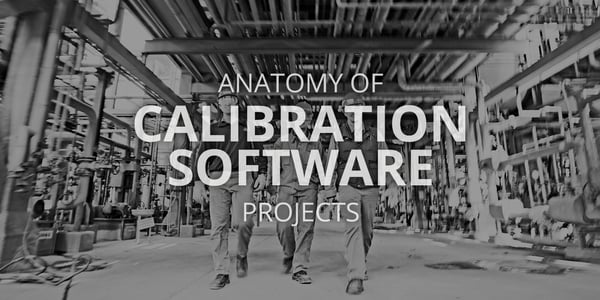
Start by setting goals
You should define and document why you are looking for implementing calibration software in the first place. What do you expect from the new process, tools and people? What is the main business challenge or opportunity that drives your company to implement a new calibration software? Better compliance? Shorter calibration times? Make sure you can answer this upfront, as it will guide you and the resources you use throughout the entire process.
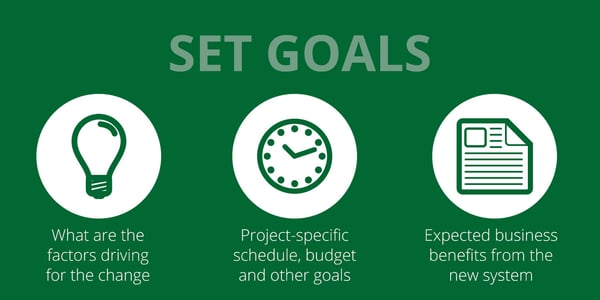
Focus on people
Remember that calibration software is used by people. New software many times means a new way of performing and managing calibrations. The significance of this calibration process change can often be underestimated, which can result in new technology not being taken efficiently into use. It can be surprisingly difficult to even get people to use new tools or to get them to use the tools in a correct way. So focus on people and managing the organizational change.

Follow the steps of an IT project model
The biggest problems in a calibration software implementation project, such as scope creep and budget and schedule overruns, are usually caused by poor planning and inadequate resourcing. A lot of these risks can be removed or at least minimized by using an IT project model for the software implementation.
There are a lot of different IT project models to choose from. Ultimately, they all serve the same purpose. The benefit of following an IT project model is that you make your best effort in ensuring that all necessary viewpoints and requirements are taken into consideration, there will be no surprises in the process, decisions are made in time and input is received from relevant people. Calibration software implementation is a cross-functional project involving people from instrumentation, IT and quality, therefore early input is key to success.
Typical steps of an IT implementation model applied to a calibration software project include the following:
- Target setting and project planning. Here you define the targets, scope, resources as well as the model that you will use for implementing the new calibration software.
- Process blueprinting. Key thing is to understand that you are not just installing new software, but actually introducing a new way of doing things.
- Technical specifications. Based on the process description, a technical user requirement specification is prepared.
- Development and testing. Calibration software is configured based on requirements set in the previous project phases.
- Final go live decision made after development and testing.
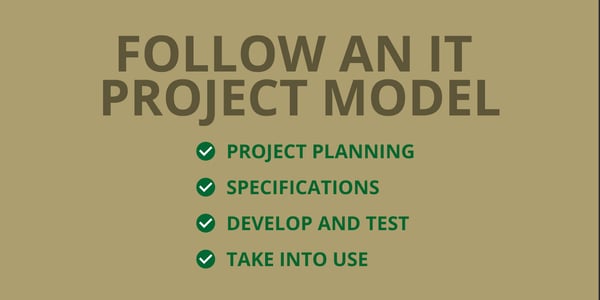
If you want to find out more, click the below image to download our white paper on this topic.
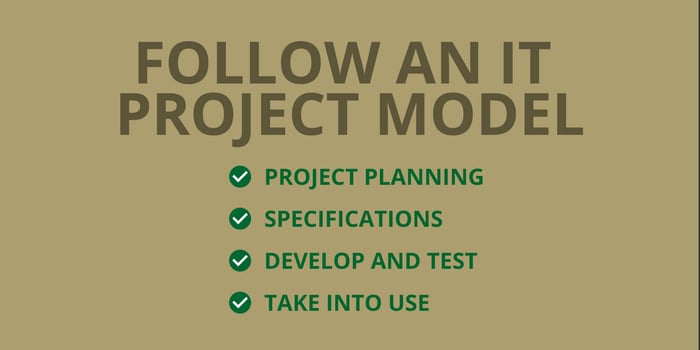


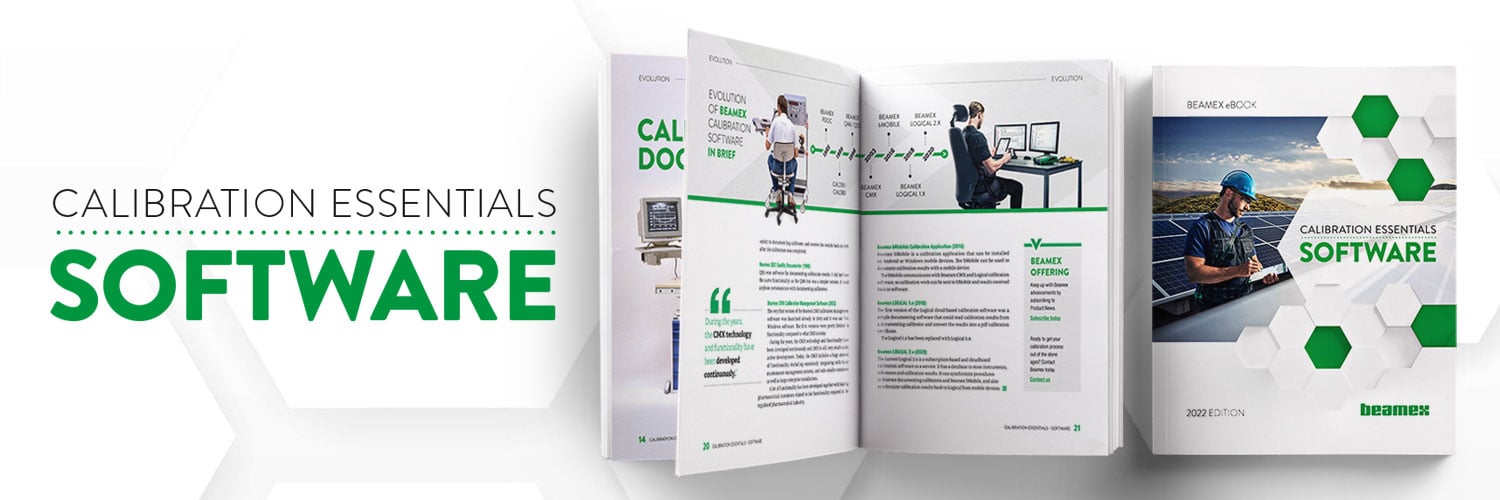
.png)



.png)
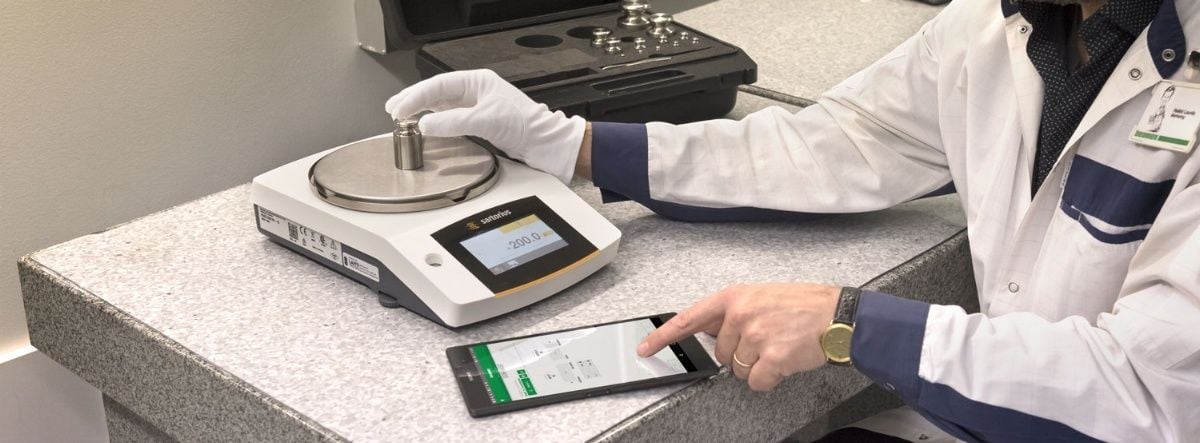



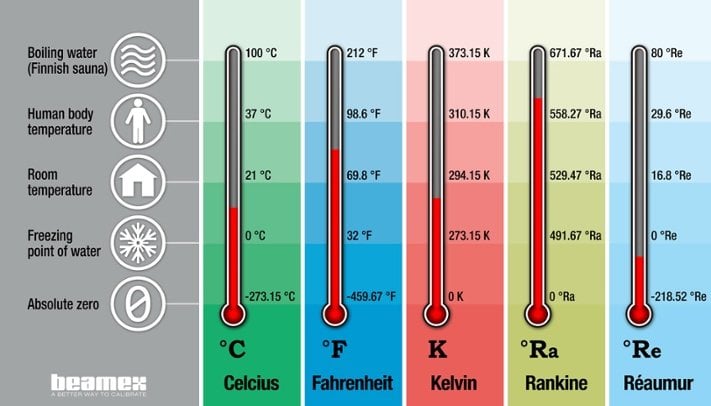

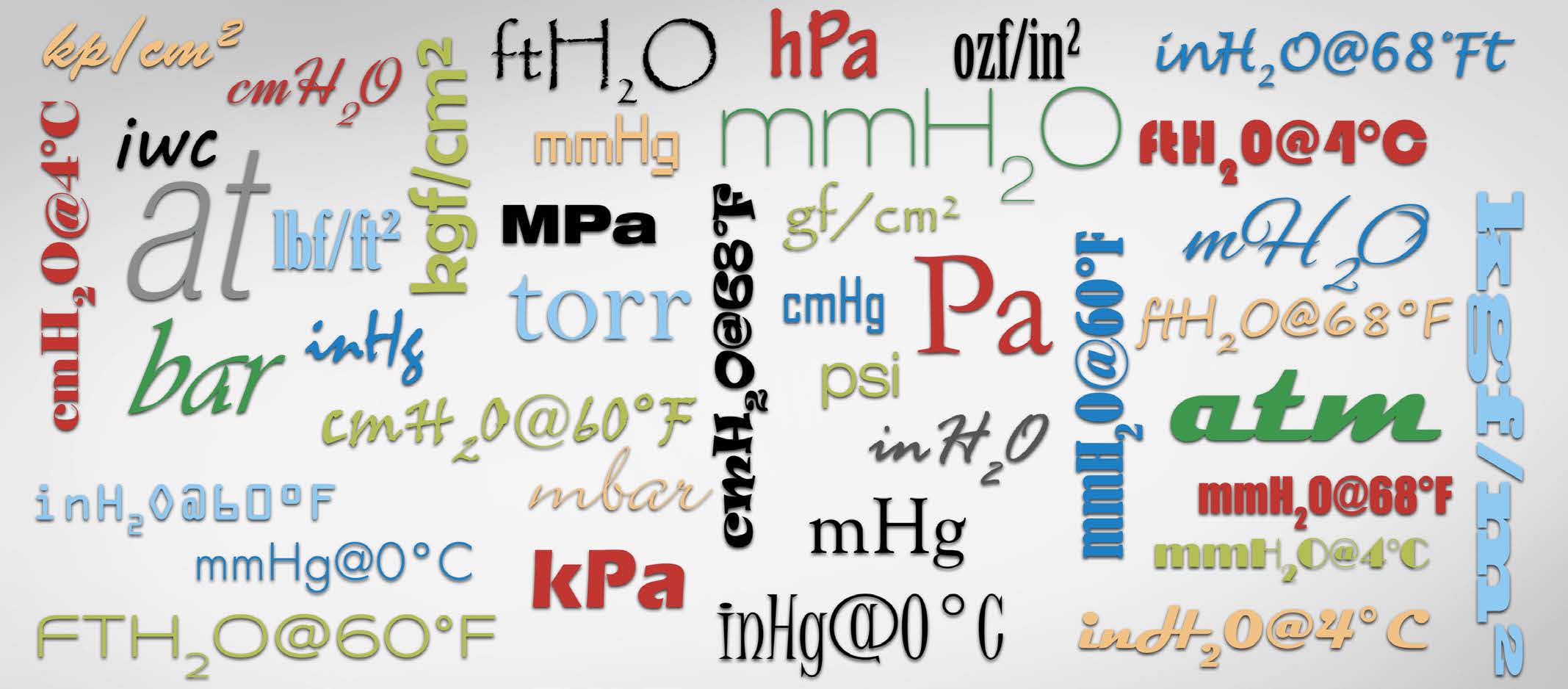
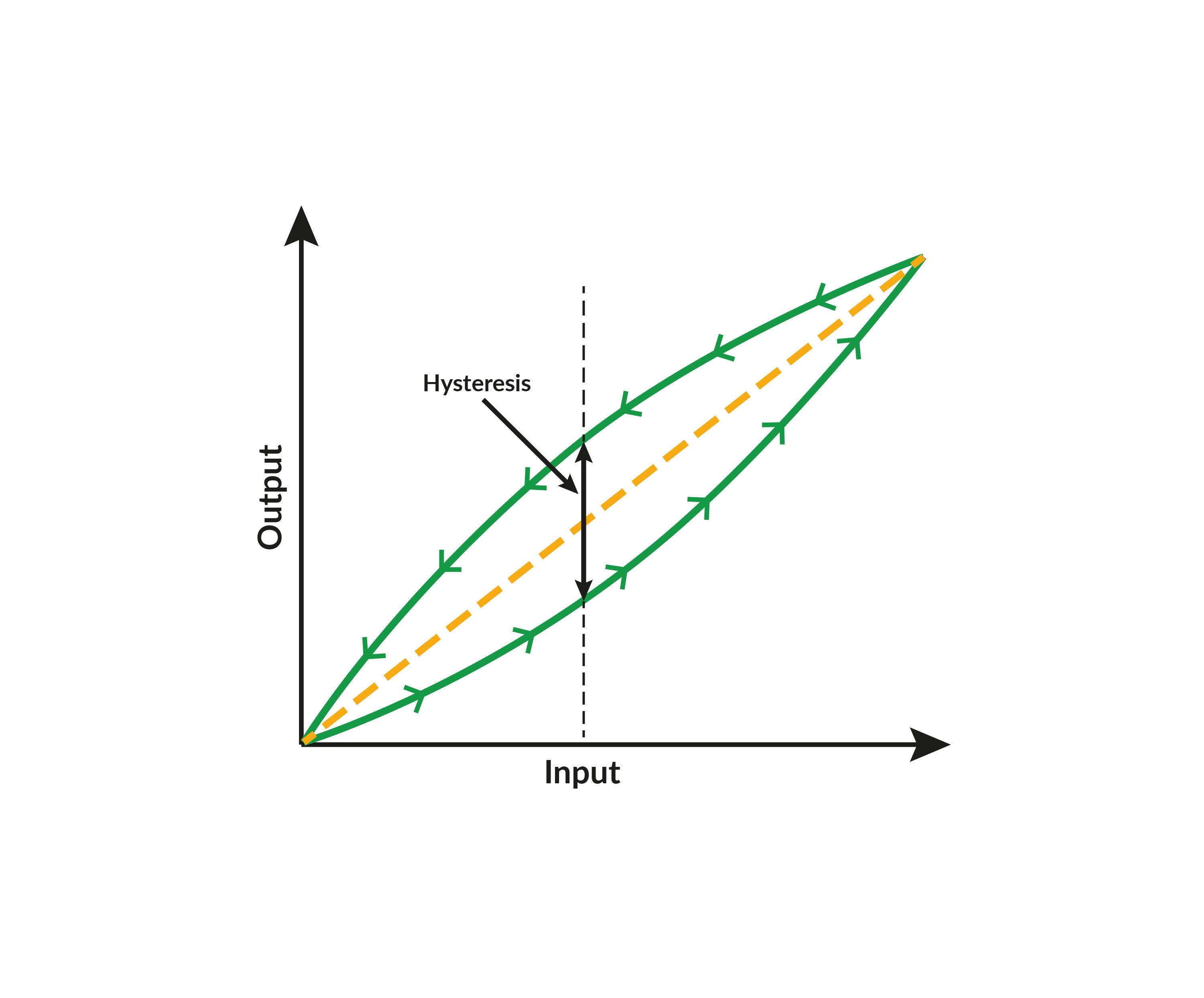
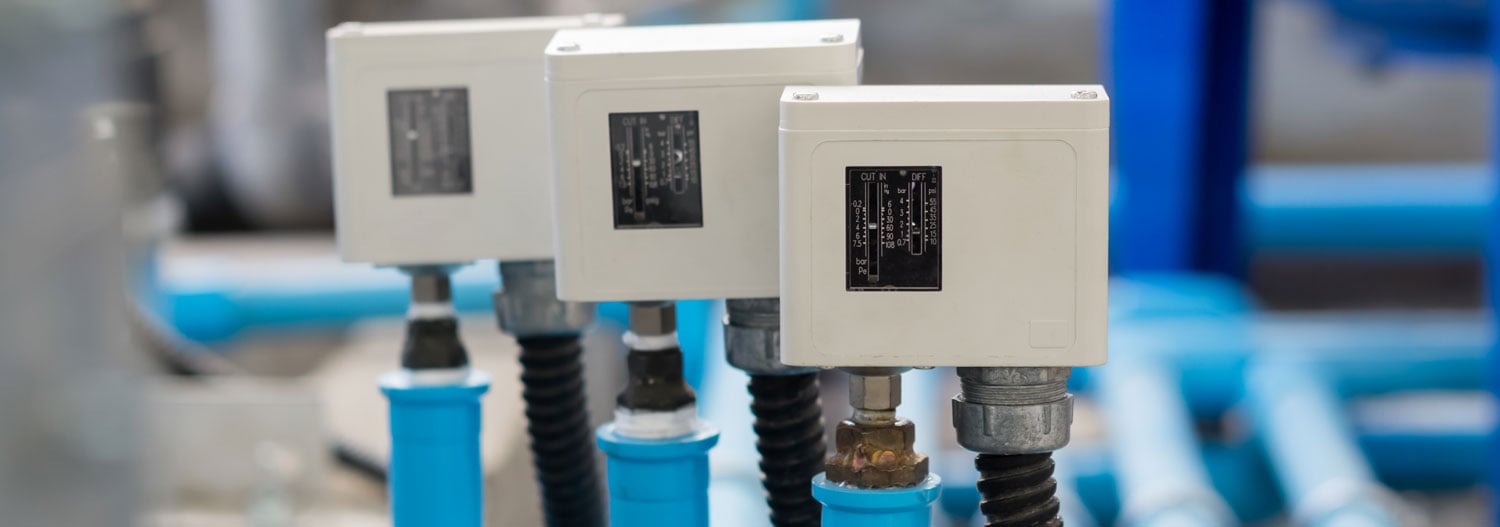
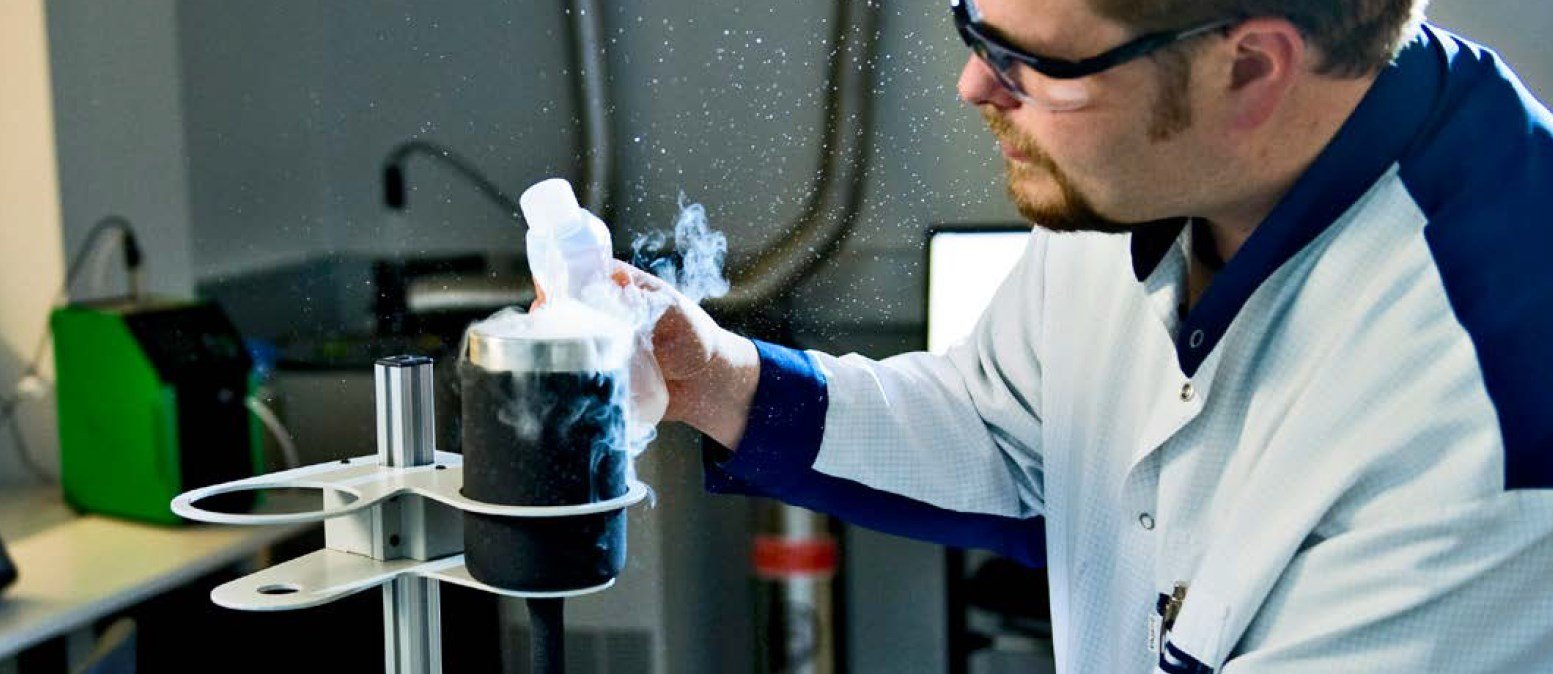
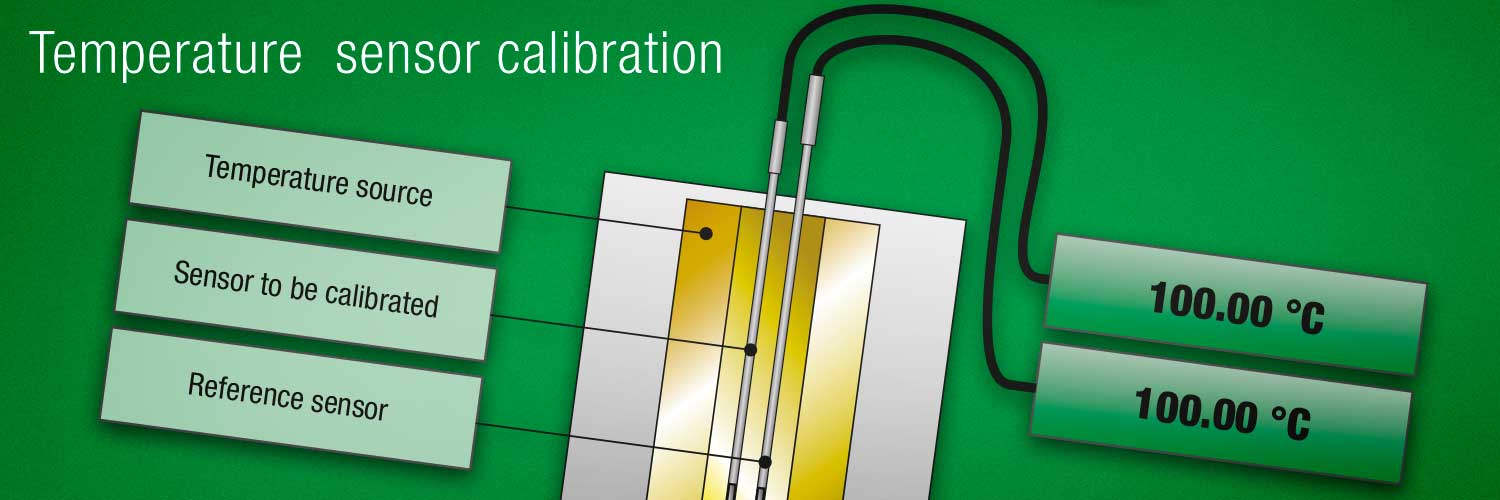

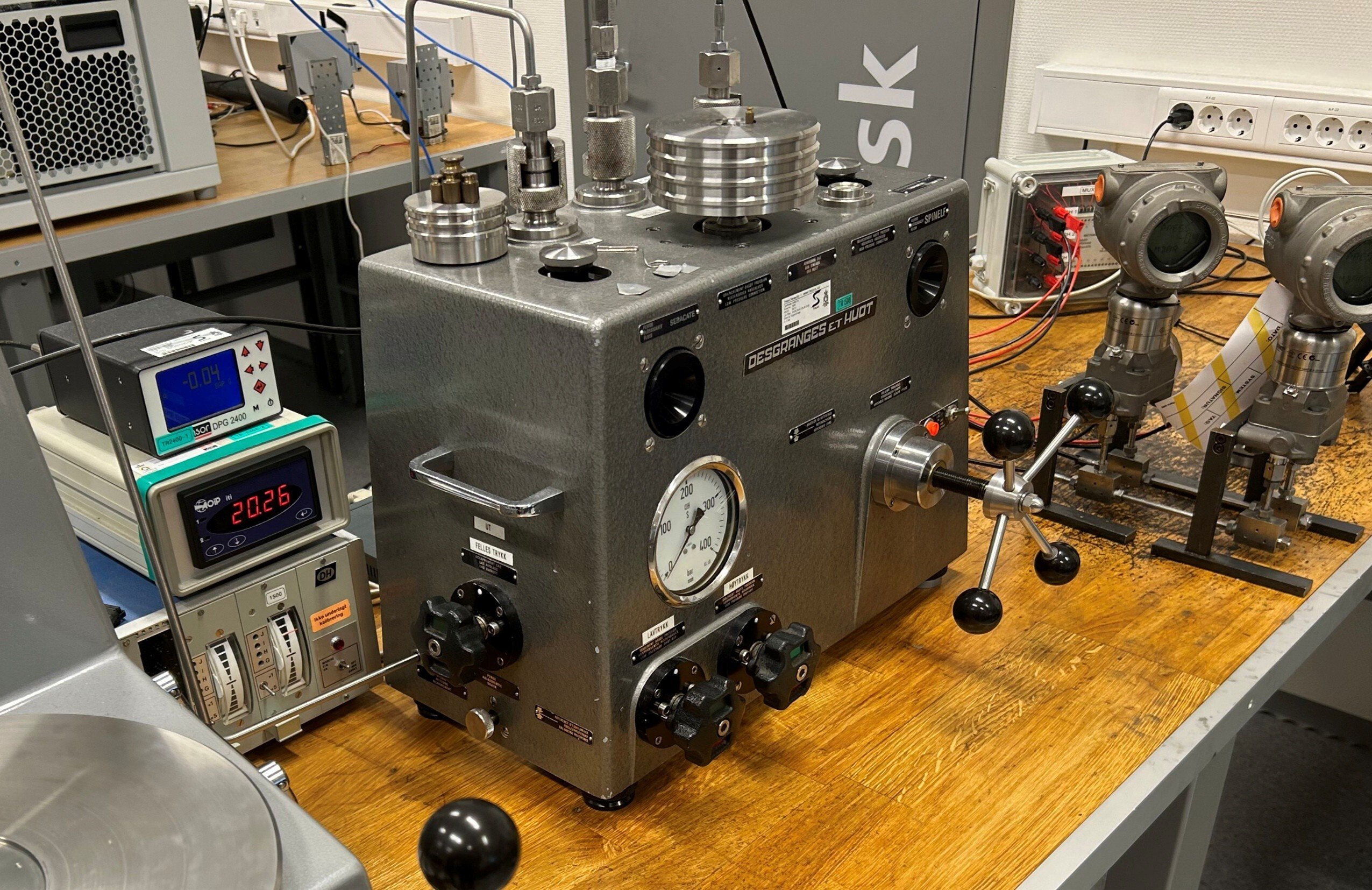
.jpg)
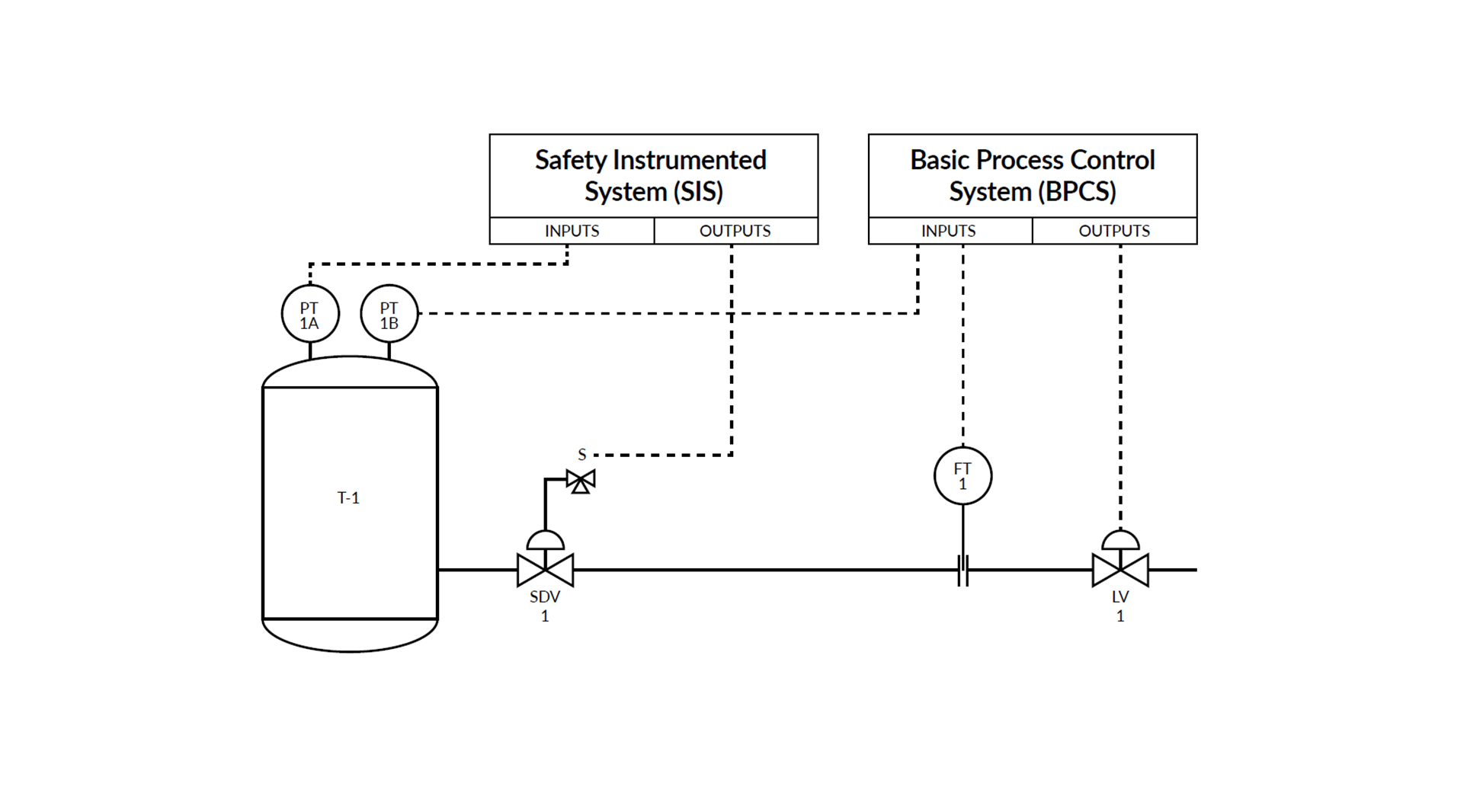
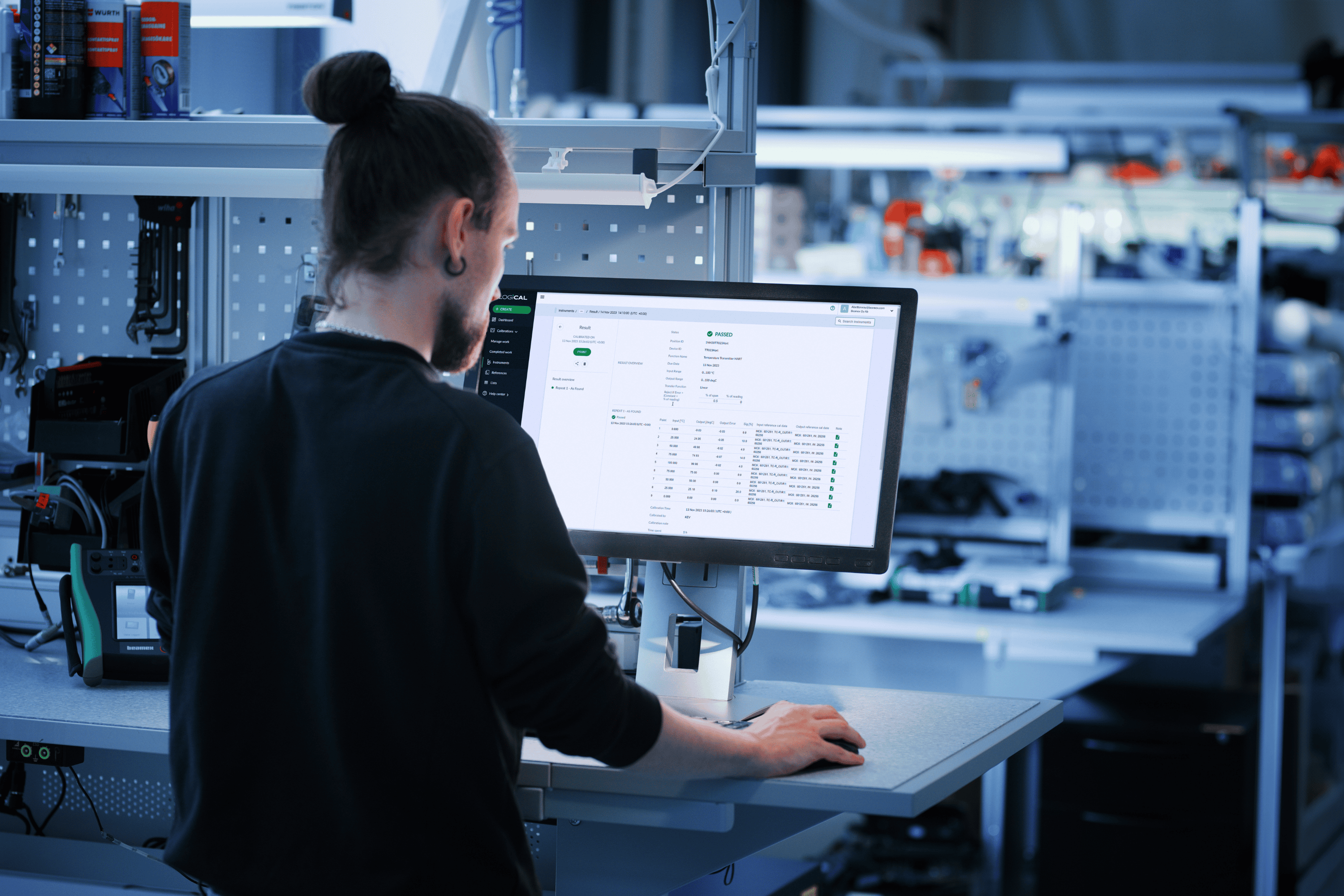
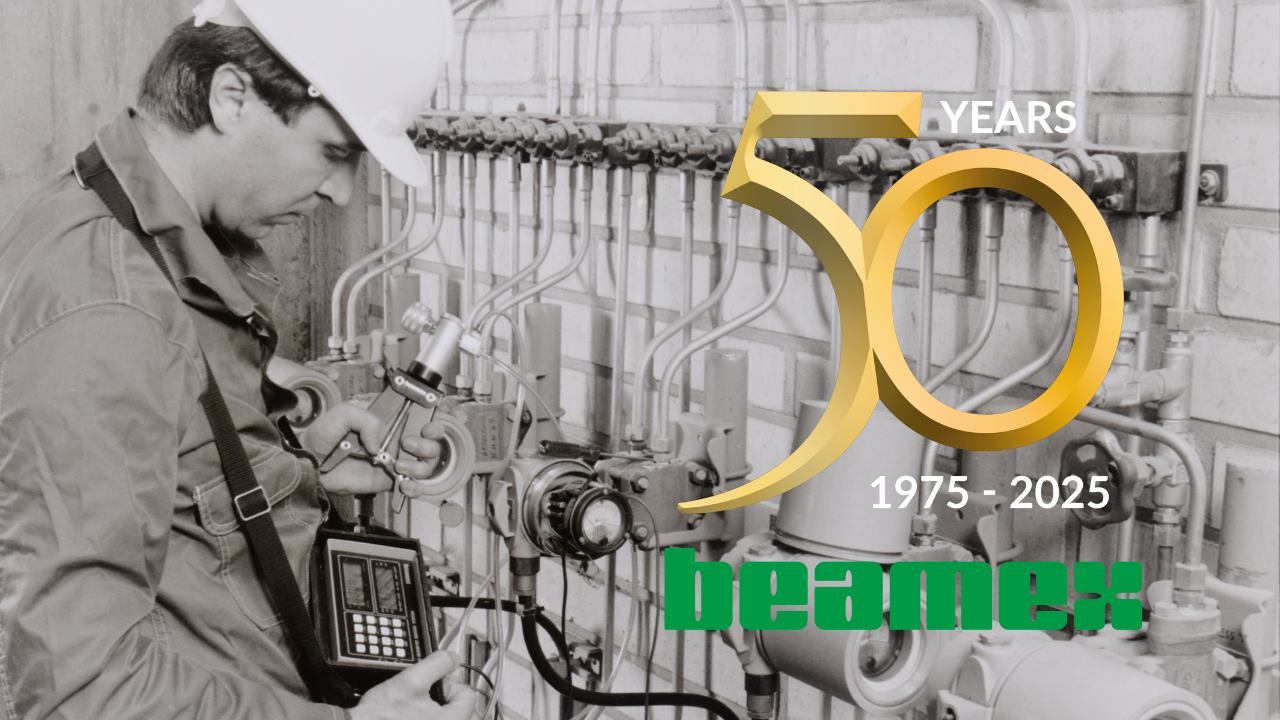
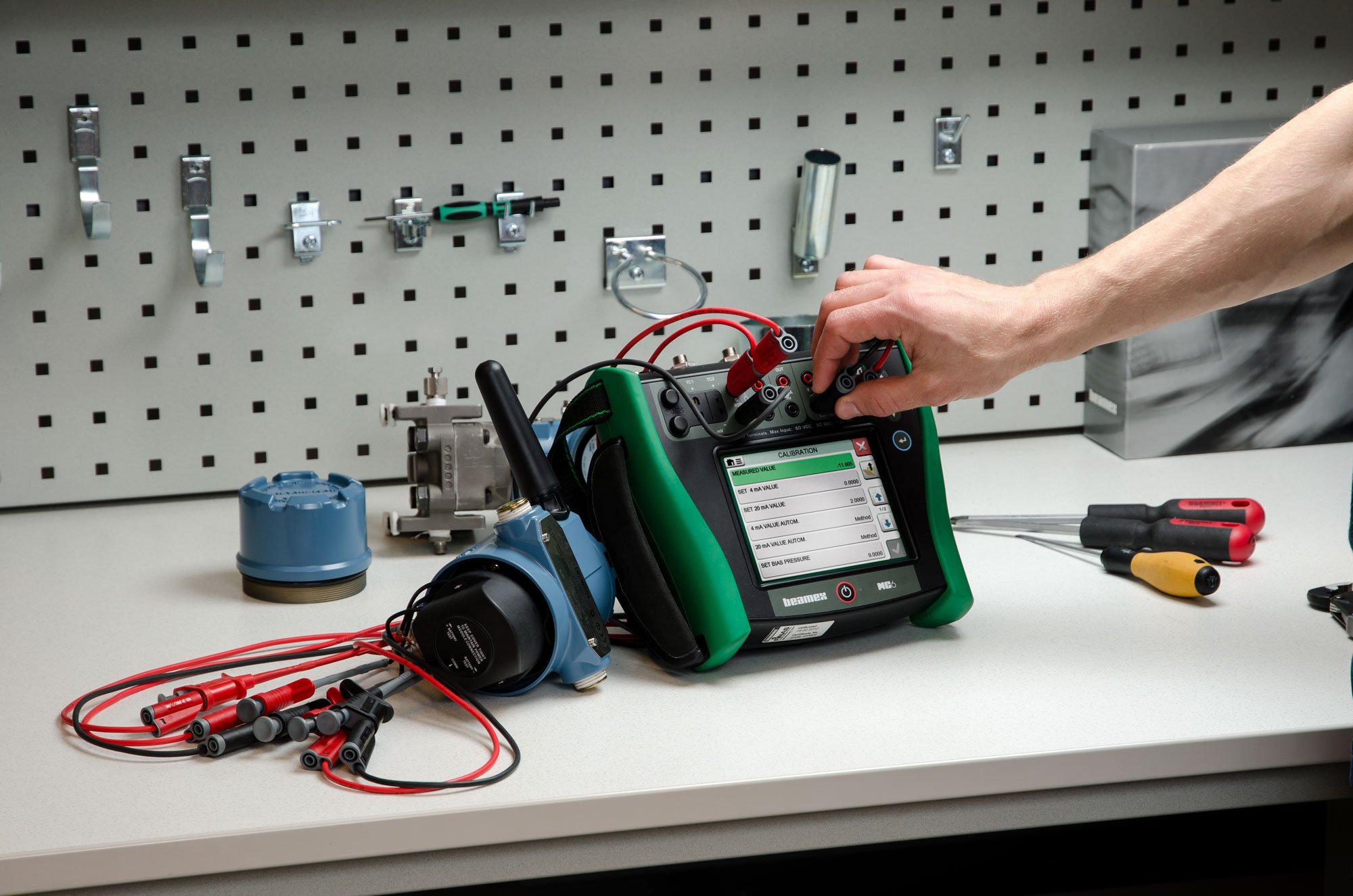

.png)
Discussion